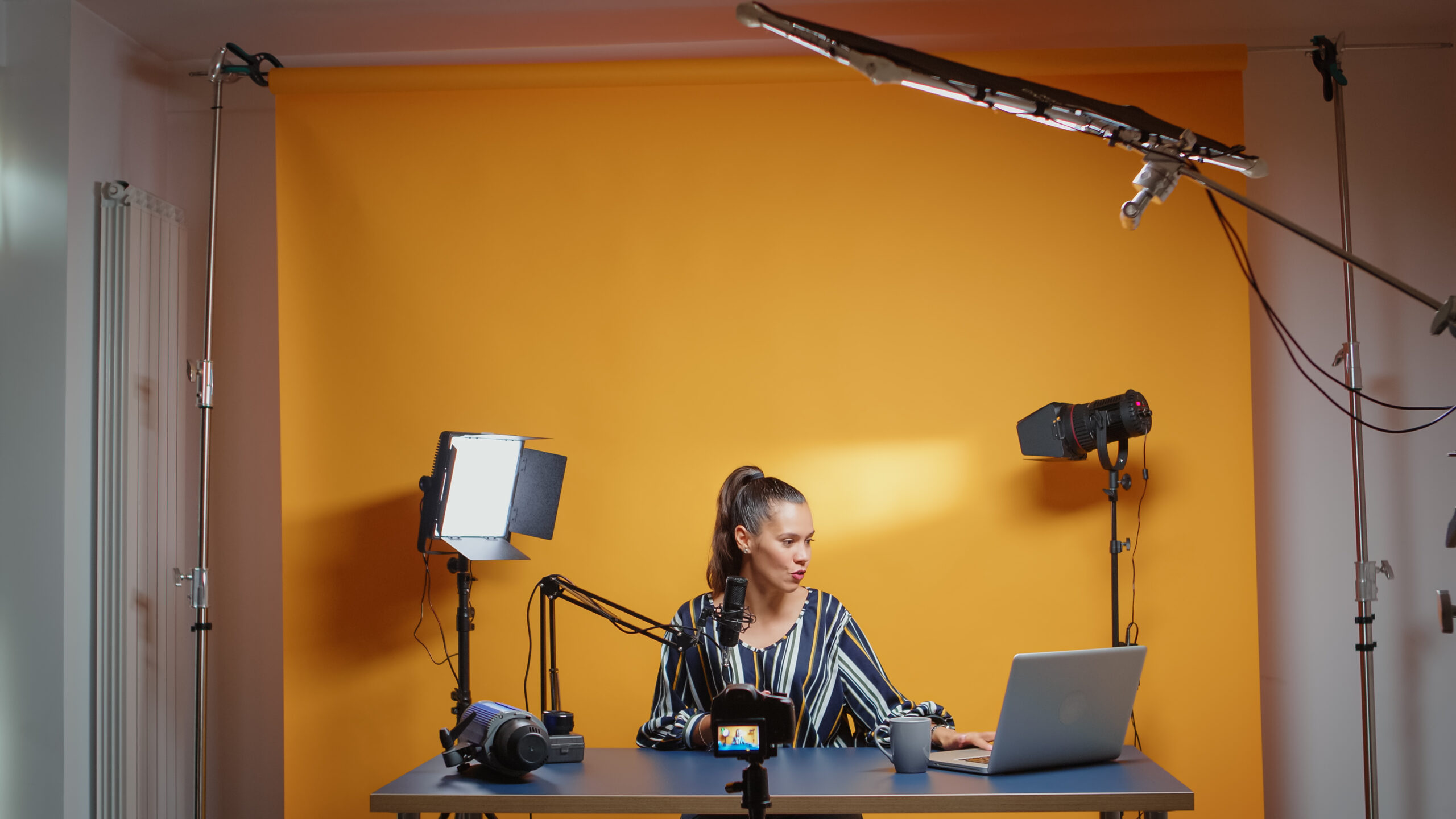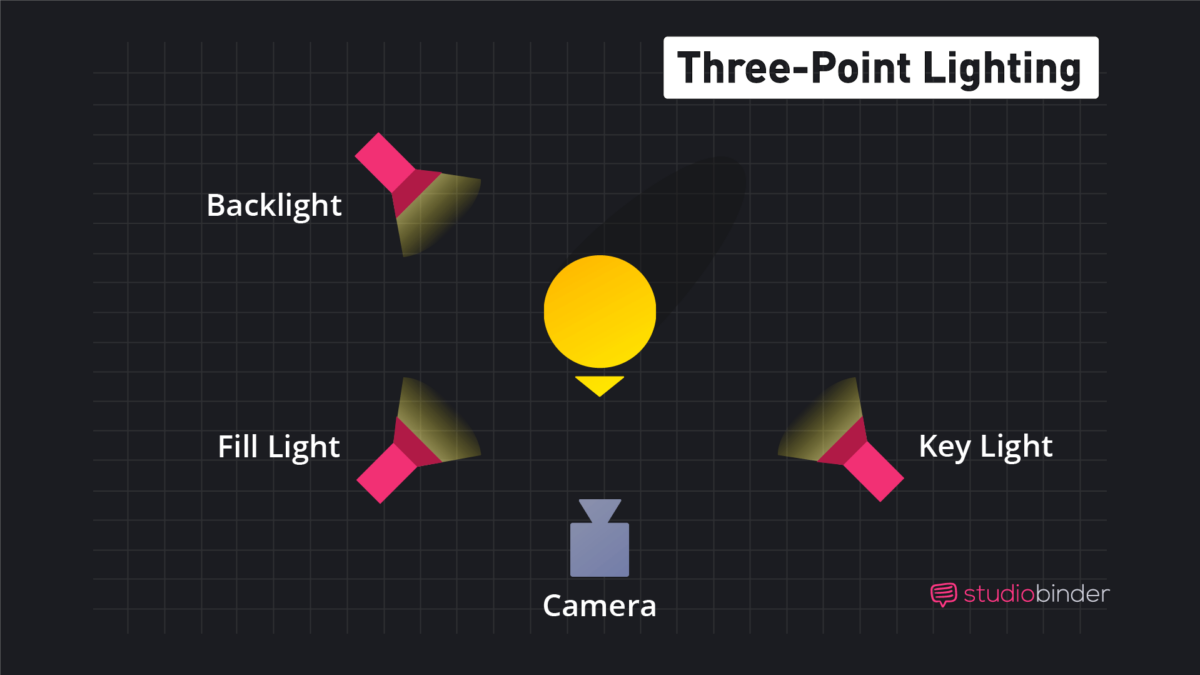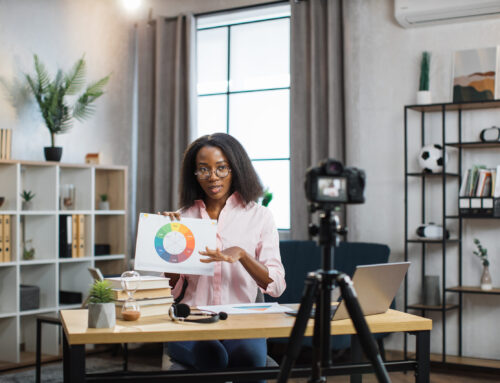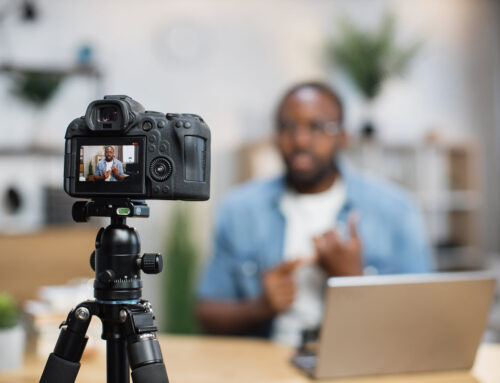
Video content is pretty much essential at this point to any communications program. People spend about 18 hours a week watching videos online, and 89% of consumers want to see more videos from brands in 2024. How can you keep up? Make sure you have these 6 video fundamentals for nonprofits down!
6 Key Video Fundamentals
1. A Storyboard Is Vital to Success.
A storyboard is a visual representation of how you want your video to play out.
- Creates the timeline
- Clarifies beginning, middle, and end
- Helps you see what you have and what you still need
- Includes both visuals and audio
You can simply sketch it out with pencil and paper, or you can use other visual tools you may already use like PowerPoint or Canva. There are also many options specific for creating storyboards. Just search for “video storyboard software”.
2. Use Natural Light When Possible.
You do not have to buy a whole set up to get good lighting. Try for as much natural light as possible. You can also attach a ring light to the top or use a phone case that lights up on the sides.
Do NOT put light (like a window) behind you.
If you are looking for something more professional, try 3 point lighting.

3. Bad Sound Is Worse than Bad Visuals.
This may be the most important of the video fundamentals: Invest in sound over visuals.
Even an inexpensive microphone can make a huge difference in the quality. Take advantage of the sound editing features on your editing software to even out the sound. And also be mindful of any dead air. If you have gaps in the sound, add in light background music.
Speaking of music, decide on the emotion you want people to feel: Upbeat, happy, sad, scared? Find music that drives the energy and pace of the visuals.
4. Use Captions.
Most people watch videos without sound so including captions or some type of text to convey your message should be a priority.
Most social media platforms will create them automatically for you, but for longer videos, it may be more efficient to use a transcription service.
And don’t forget to make room for the captions when setting up your subject in the frame.
5. Practice, Practice, Practice.
If you are nervous, video chat with friends to get comfortable being on screen or record yourself doing random things and watch it back. You’ll get used to it and be a video star in no time.
Even if you aren’t really nervous about recording yourself, you should still practice several times. Some of us tend to talk faster than we think we will so practicing can help you better gauge the timing of your video in addition to making sure you have everything you need.
6. Relax.
Pace yourself and start simple. Take slow breathes and always think through your storyboard – what’s the beginning, middle, and end? If you can, have one person on the other side of the camera you can talk to. Exaggerate your emotions and smiles (what feels BIG will seem normal).
And if you are still having trouble, go back to #5 and practice, practice, practice!
Now that you have these video fundamentals down, see Our 10 Favorite Types of Video Content For Nonprofits and Anysa’s post Lights, Camera, Conversion! Trends and Tips for Perfecting Your Video Marketing.





